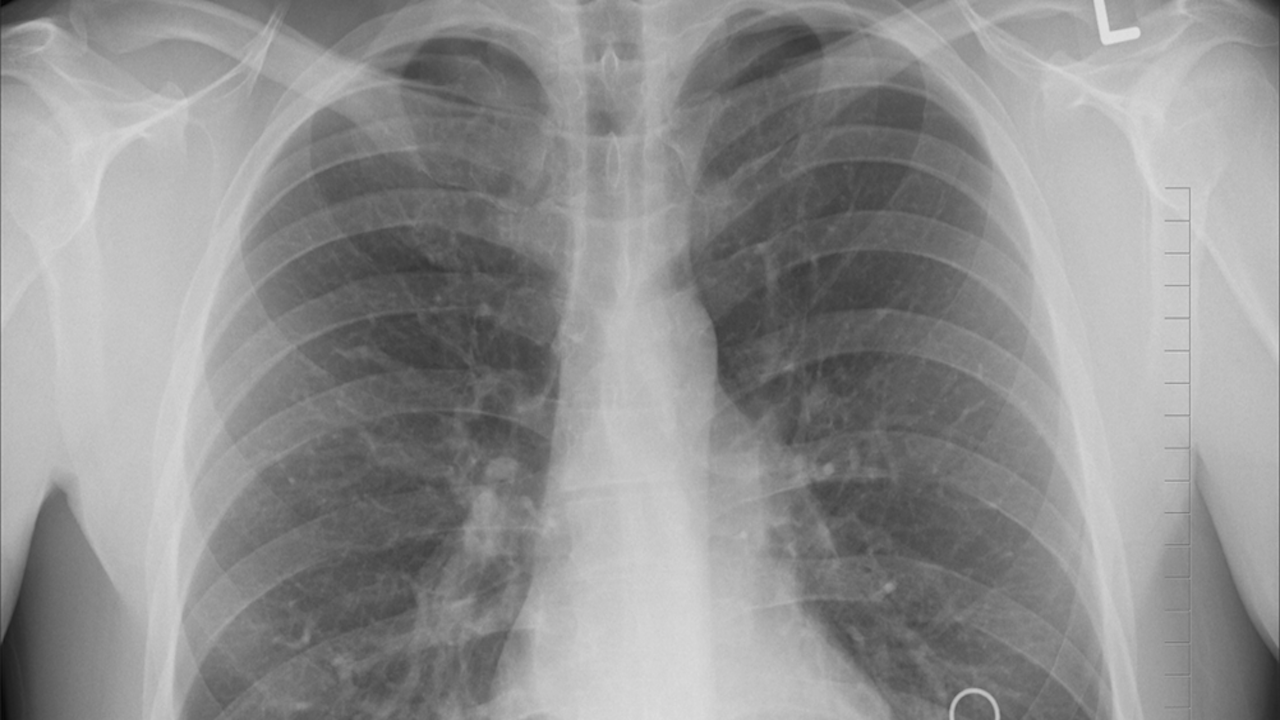New cases of tuberculosis worldwide have increased for the first time in more than two decades, with the COVID-19 pandemic contributing to this, while hampering efforts to tackle the disease, global intelligence agencies said, citing a report by the World Health Organization ( WHO).
Last year, the WHO announced that TB deaths had risen again in 2020 - for the first time in more than a decade.
"This time, unfortunately, last year, for the first time in more than two decades, we saw an increase in the number of people developing the disease, as well as its drug-resistant form," said Dr Teresa Kasaeva, Director of the WHO Global Program for the fight against tuberculosis, at the presentation of the annual report.
Last year, about 10.6 million people contracted tuberculosis, an increase of 4.5 percent over the previous year.
The disease is caused by a bacterium that primarily attacks the lungs.
Incidence increased by 3.6 percent between 2020 and 2021, after declining by about 2 percent annually for most of the past two decades.
Alarming statistics: The hidden incidence of tuberculosis is growing because of Covid
The prevalence of drug-resistant tuberculosis has also increased, by 3 percent between 2020 and 2021. Last year, 450,000 new cases of rifampicin-resistant tuberculosis were reported.
Most people contracted TB in 2021 in Southeast Asia (45 percent), Africa (23 percent) and the Western Pacific (18 percent).
Eight countries - India, Indonesia, China, the Philippines, Pakistan, Nigeria, Bangladesh and the Democratic Republic of Congo - account for more than two-thirds of the global cases.
Global efforts to tackle deadly diseases such as AIDS, tuberculosis and malaria suffered during the pandemic.
The health crisis in particular has affected efforts to tackle tuberculosis and has caused countries to fall behind in meeting targets to curb the infectious disease.
Scientists: Tuberculosis vaccines protect against COVID-19
The COVID-19 pandemic has significantly slowed progress in the fight against tuberculosis and undermined the WHO's goals of reducing TB mortality by 90 percent and morbidity by 80 percent by 2030 compared to 2015.
WHO is calling on the world to apply lessons learned from the pandemic to TB.
"If the pandemic has taught us anything, it is that with solidarity, determination, innovation and fair use of tools, we can overcome serious threats to health," said WHO Director-General Tedros Adhanom Ghebreyesus.
Tuberculosis deaths rise for the first time in years
The WHO's annual report on tuberculosis states that the disease claimed the lives of 1.6 million people in 2021. For comparison, deaths in 2020 were 1.5 million and in 2019 - 1.4 million.
TB-related deaths decreased between 2005 and 2019.
The report also warns that in the near future, tuberculosis may overtake COVID-19 as the leading cause of death worldwide from a single infectious agent.
A recent report by the Global Fund to Fight AIDS, Tuberculosis and Malaria shows that while the number of people reached by treatment and prevention efforts increased last year, the world is still not on track to defeat these deadly diseases.
The incidence of tuberculosis in the Razgrad region is decreasing
As part of its Stop TB Strategy, the WHO set a target of reducing deaths from the disease by 35 percent from 2015 to 2020, but the net reduction was only 5.9 percent between 2015 and 2021.
In 2019, tuberculosis was in first place in the world in terms of infectious diseases, but from 2020 it is in second place after COVID-19 and before AIDS, adds BTA.
WHO
tuberculosis
